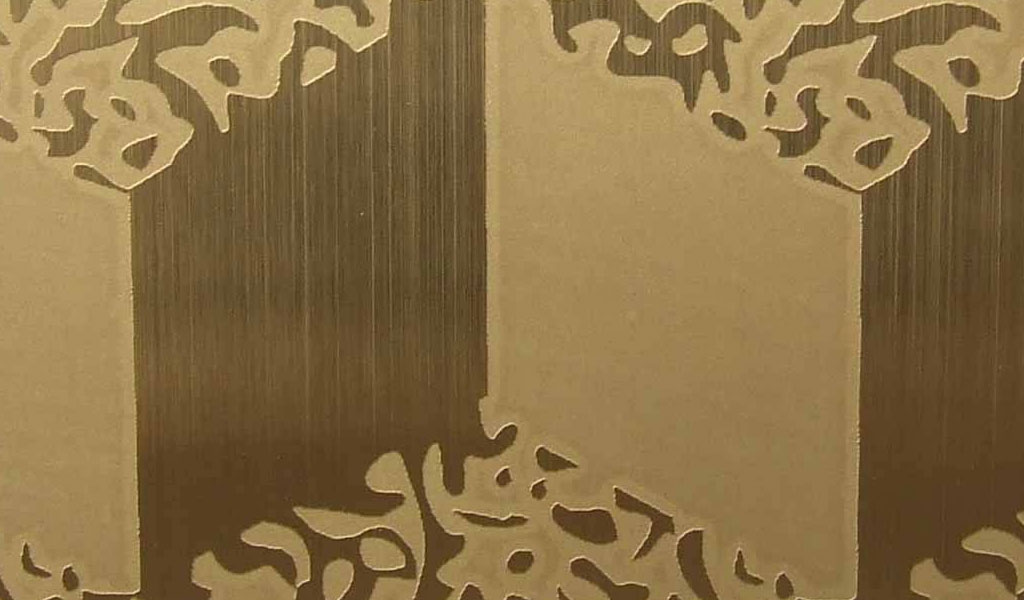
How can we distinguish the authenticity of stainless steel? The following editor will introduce to you how to distinguish the authenticity of stainless steel mesh.
Identify 304 Stainless Steel By Magnetism
First of all, we know that 304 stainless steel belongs to austenite, but austenite is non-magnetic or weakly magnetic, so everyone thinks that good stainless steel is non-magnetic.
One thing that is overlooked is that 304 stainless steel may become magnetic when its chemical etching composition fluctuates or the processing state is different due to the smelting process, but this cannot be considered as a counterfeit or unqualified product; in addition, after cold working, the organizational structure of 304 stainless steel will also transform to martensite. The greater the cold working deformation, the more martensite transformation, and the greater the magnetism of the steel. On the contrary, the inferior 200 series stainless steel is likely to be non-magnetic, and it is a big mistake to judge it as genuine stainless steel.
It should be pointed out in particular that the magnetism of 304 stainless steel caused by the above reasons is completely different from the magnetism of stainless steel of other materials, that is, the magnetism of 304 steel always shows weak magnetism. This tells us that if the stainless steel has weak magnetism or no magnetism at all, it should be identified as 304 or 316 material; if it is the same as the magnetism of carbon steel, it shows strong magnetism, so it is not identified as 304 material.
Use Stainless Steel Identification Agent To Identify
Stainless steel identification agent is used to detect the nickel content of steel to distinguish which series of stainless steel it is. There are many specifications for rapid detection of 200 series, 300 series, 400 series and other stainless steel. The use of stainless steel identification agent is very simple, just drop it directly on the stainless steel plate. The stainless steel identification agent generally takes effect in about 2-3 minutes, and different colors correspond to different types of stainless steel materials.
Ordinary 201 stainless steel (manganese exceeds the standard) turns red in about 10 seconds; authentic 201 stainless steel (manganese exceeds the standard) turns red in about 50 seconds; 202 stainless steel (manganese exceeds the standard) turns red in about 1 minute; 301 stainless steel etching will turn red within 2-3 minutes, but the color is very light, so you need to look carefully; if there is no color change within 3 minutes, the bottom color will become slightly darker. Generally, stainless steel identification agents are equipped with contrast color cards. The identification results can be directly compared to know the model of stainless steel plates, which is very convenient.
Grinding Identification
Grinding identification is to grind stainless steel on a grinding machine and observe its sparks. If the sparks are streamlined and there are more and denser knots, it is high manganese steel or manganese-nitrogen steel with higher manganese content; if there are no knots, it is chromium steel or chromium-nickel stainless steel.
Identification With Copper Sulfate
Remove the oxide layer on the steel, put a drop of water on it, and rub it with copper sulfate. If it does not change color after rubbing, it is generally stainless steel; if it turns purple-red, it is high manganese steel if it is non-magnetic, and ordinary steel or low-alloy steel if it is magnetic.
Chemical Qualitative Identification
The chemical qualitative method is a method to identify whether magnetic stainless steel contains nickel. The method is to dissolve a small piece of stainless steel or brass etching in aqua regia, dilute the acid with clean water, add ammonia water to neutralize it, and then gently inject nickel reagent.
